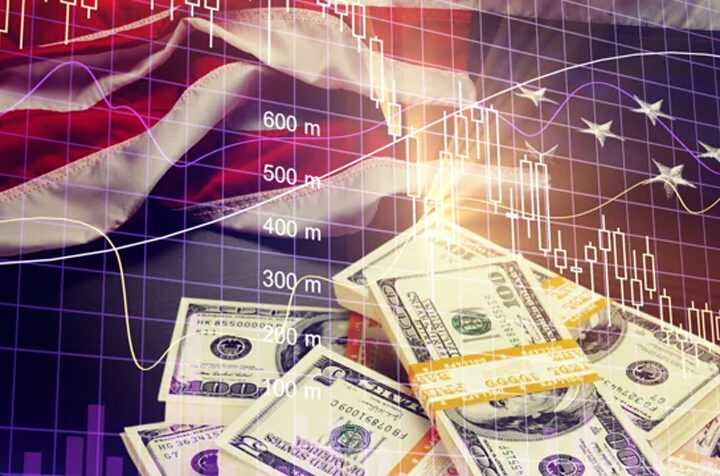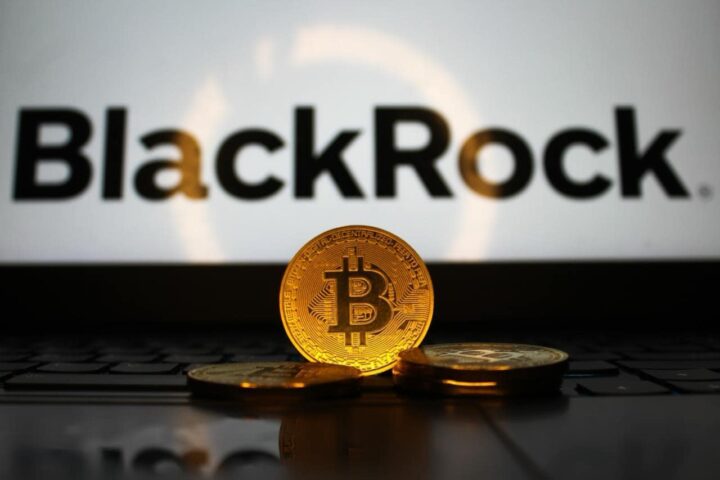By Jeffrey Halley
Snap, Crackle, Pop! may bring back memories of breakfast cereals, but for Snap Inc their quarterly guidance was more of a dog’s breakfast. Snap’s stock price went snap, crackle, pop, as it fell by over 30% in extended trading after the CEO, in a note to employees, said it would miss quarterly guidance on growth and revenues.
Blame was apportioned to the usual suspects, rising inflation and interest rates, supply chain shortages, and the impact of the Ukraine conflict amongst others. I’m not sure how any of that impacts a company that monetises self-destructing 24 hours selfies taken by “the kids,” but what would I know in my Boomer dotage?
I do know that my two millennials have the most inelastic of demand for selfies, other photos, and little stories. I’m reasonably confident that I can extrapolate the social media habits of my girls to their wider demographic, plus 5 years and minus 10 years, with 100% certainty.
None of the factors mentioned above plays a part in their need to “tell their story,’ making the memo complete nonsense. One of them has never heard of Bruce Springsteen; heinous, but you can’t tell me that as she publishes across Snap, TikTok (the fav), or Instagram Stories, she is thinking about supply chain disruption. By the way, Facebook is for old people in case you didn’t know. Meta stock got slammed as well.
Stock markets had finally staged a broad rally overnight, after JP Morgan’s Jamie Dimon said things weren’t as bad as everyone thought. After an extended run of down days, the brain-washed buy-the-dip FOMO gnomes were desperate for a reason to buy, and that was as good as any on a slow news day.
But when the Snap story hit the wires, after-markets index futures were sold heavily, led by Nasdaq futures, which are down by 1.40% in Asia Tuesday morning.
That’s stopped all the “worst is over” pundits in their tracks. It highlights how fleeting swings in sentiment are now, and also that investors are running at the first sign of trouble.
From my point of view, stagflation and food security keep me awake, with lower being the path of least resistance. The Fed, for example, hasn’t even started balance sheet reduction yet, least we all forget. But I am a mere pilot fish of the financial market, not an island in its ocean.
It is not just stock market’s of course that are chasing their tails. The ECB’s Christine Lagarde came out hawkishly swinging in a blog post overnight. Ms Lagarde said the ECB policy rate would no longer be negative by September with rate hikes impending at the next meetings, all in the name of reigning in inflation.
I’m not sure how raising the deposit rate from -0.50% to 0.00% represents an aggressive stance on controlling inflation, especially when you are still quantitatively easing at the same time. The European financial system has been on QE-driven life support since the GFC anyway, so I suppose this does represent a shift of sorts.
That saw the Euro rally by over 1.0% against the US Dollar, and it sparked a general risk sentiment rally through the G-10 and EM FX complex, sending the US Dollar lower across the board. Combined with the strong CNY fixing from the PBOC on Monday, the US Dollar is poised for a much deeper bull market correction.
But, the Fed is just getting started on rate hikes, and will soon be selling $95 billion of bonds a month into the open market, something the Street seems to have forgotten or ignored. The US Dollar’s time will come again, and perhaps sooner than we think.
Likewise, US bond markets continued gyrating as well. Long-dated yields rose overnight, unwinding much of the falls from the day before. Bond markets are running around like headless chickens, much like equities, as they try to price in much the same reasons as outlined above. The Fed’s quantitative tightening may yet see US 10-years and out heading well north of 3.0%, although the 5y-30y OIS Curve has been flirting with inversion for some time.
The contradictory signals pouring into markets from all directions mean we can expect to see plenty of volatility across asset classes in the weeks ahead, even if we don’t get a thematic directional move. I’m still not sure how that environment is going to be constructive for equities though.
We have a lot of PMI data coming in from across the world on Tuesday, and in the morning, Australian Manufacturing and Services PMIs both eased to 55.3 and 53.0 for May. That is still comfortably expansionary, but like elsewhere, price increases and the cost of living are nibbling away.
Japan’s Jibun Manufacturing PMI eased to 53.2, while Services PMI rose to 51.7. The data likely reflects a China slowdown and domestic consumption rising as virus restrictions ease.
Germany’s IFO data was firm on Monday and that suggests that it might not be all bad news from the pan-Europe Manufacturing PMIs Tuesday afternoon, with the Ukraine battlefield static and the natural gas payment issues sorted out, for now
Services will have downside risks as the cost of living soars, but if the PMI data has no horrible surprises, EUR/USD’s recovery rally could receive another boost.
Oil markets continue to slumber
Oil prices moved sideways overnight, trading in relatively narrow ranges as China growth fears cap the upside of prices, while the Ukraine conflict and the refined petroleum product supply squeeze in the US, support the downside. Brent crude finished 0.70% higher overnight at $113.35 a barrel, with WTI unchanged at $110.55.
In Asia, downgraded China GDP growth forecasts, and increasing worries about wider virus restrictions in Beijing pushed oil prices lower. Brent fell 1.10% to $112.05, and WTI is 1.25% lower at $109.00.
Brent has resistance at $114.00 and $116.00, with support at $111.50 and $110.50. WTI has resistance at $112.00 and $113.00, with support at $108.00. Overall, I expect Brent to bounce around in a $111.00 to $117.00 range this week.
Gold grinds higher
Gold traded in a wide range overnight, probing above $1860.00 as the US Dollar weakened, before retreating to finish 0.38% higher at $1853.50 an ounce. A rise in US yields probably took the edge off the gold rally, balancing out the weaker US Dollar. In Asia, trading is moribund, with gold edging slightly higher to $1855.00 an ounce. What is notable, is that gold has held up well in the face of US Dollar strength in the Asian session.
The technical picture continues to remain supportive, and it seems only a marked US Dollar recovery will cap gold’s rally.
Gold took out resistance at $1860.00 overnight, but has traced out a double top at $1865.00 an ounce which could be tough to overcome. That is followed by $1885.50, its 100-day moving average. Support is at $1845.00 and $1840.00, followed by $1832.00.
Jeffrey Halley is Senior Market Analyst, Asia Pacific at OANDA
Opinions are the author’s, not necessarily that of OANDA Global Corporation or any of its affiliates, subsidiaries, officers or directors. Leveraged trading is high risk and not suitable for all. Losses can exceed investments.







